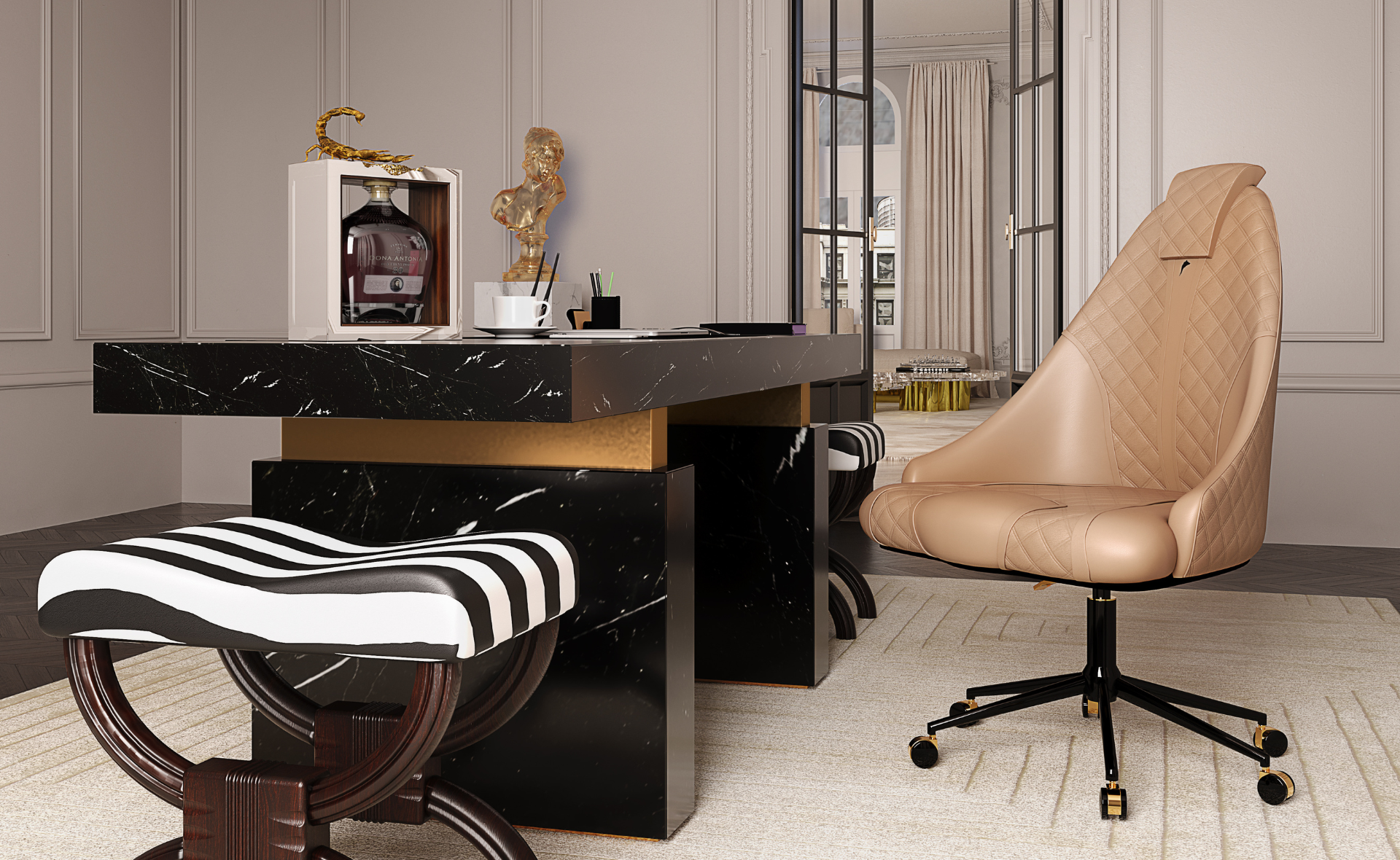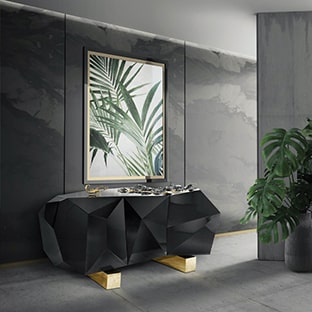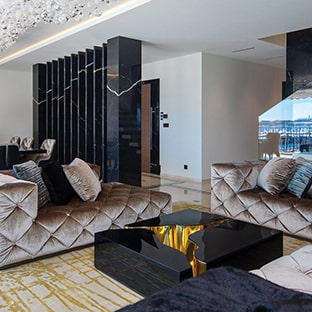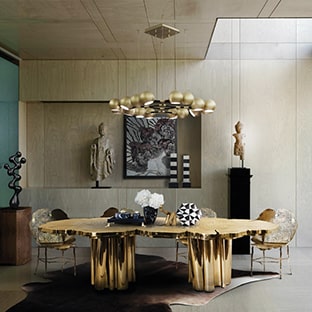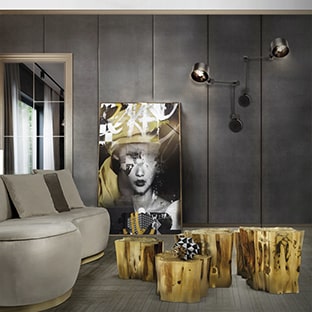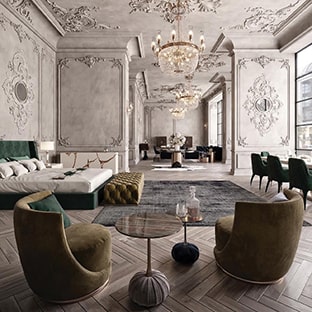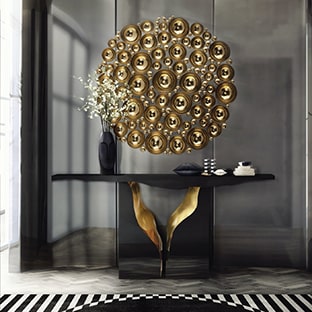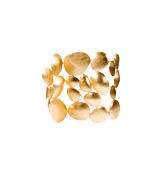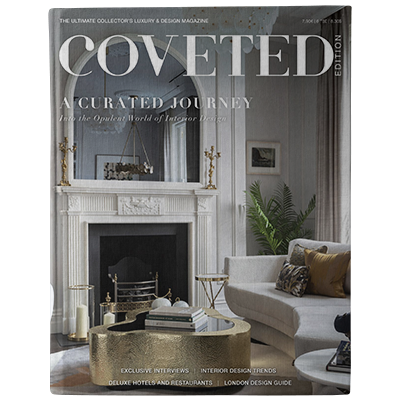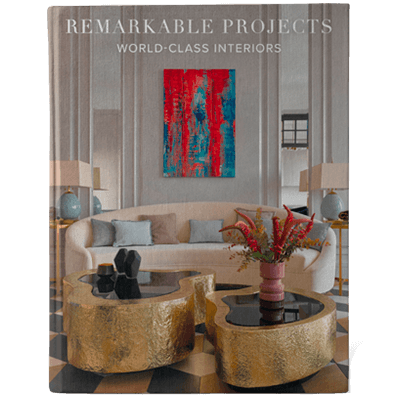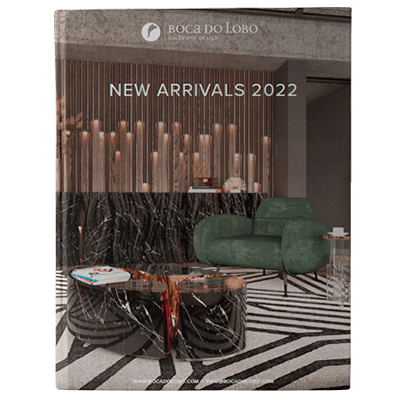The entrance hall is the calling card of any space, responsible for setting the mood and making a lasting impression. It’s the stage for grand entrances and a showcase of…
Marquetry: past or future?
Requiring tremendous skill, marquetry is traditionally a type of inlay that entails cutting and assembling pieces of wood veneer and other precious materials—mother-of-pearl, ivory or tortoiseshell—on a surface to create an image or pattern. Originated in ancient times and used during the Renaissance, marquetry was not all-out extravagance until the 17th- and 18th-century. Associated to Louis XVI and Marie Antoinette, art nouveau furniture and wall decorations at a clubhouse, when we think of marquetry, there is a smell mold in the air.
Strangely, despite the fact its so 17th century, it takes forever and can easily clog up a modern, clean-lined aesthetic, during this past decade the love for marquetry has grown in the artistic community, transforming it into something new, fresh and a must-have.
Studio Job a design studio based in Antwerp, Netherlands leaded by Job Smeets and Nynke Tynage, presented us with collection “Industry Series”, made of Indian rose wood inlaid with maple silhouettes of animals, insects and birds alongside weapons, industrial buildings and skeletons.
Each work in the Industry Series uses traditional and contemporary iconography and has been stripped down to its elements. Animals and insects mingle with industrial buildings, warfare weaponry and other such products of capital. Featuring hummingbirds, seahorses, dragonflies, skeletal figures, and butterflies alongside tanks, helicopters, pylons, smoke, grenades, fighter planes and gasmasks, the viewer is forced to recognise the difference between natural or organic, and the manmade or destructive. Presented as if fossilised, there is an overwhelming sense that both will have their downfall and eventually become imbedded within history.
A dual personality beautifully combined challenging the past through the future, Royal Dining Table by Boca do Lobo , was made from wood with carved legs, in a baroque and minimalist faceted style. The top is composed through the ancient marquetry technique, veneer palisander finished with a high gloss varnish.
Marquetry adds something unexpected to a room… Is it the past or the future?















